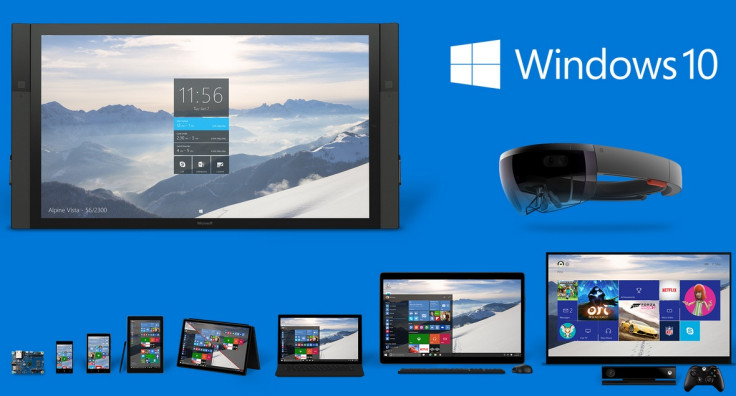Microsoft Windows 10: OS will let users store more content by freeing up as much as 2.6GB space

Microsoft's Windows 10, clearly the most expected technical offering of the year, has been grabbing eyeballs with the return of the iconic Start Menu which was absent in Windows 8.
If you thought the comeback of the Start Menu was one of the biggest enhancements that Microsoft has made within Windows 10, then think again as yet another important feature of the OS has surfaced.
The Redmond-based company, in a recent blog post, has made public its decision to offer more storage space, by freeing up memory within computers running Windows 10.
Microsoft states it will deploy two prominent memory compacting mechanisms, the first of which is the compression algorithm that compresses system files.
Besides, Windows 10 will also eliminate the need for a separate recovery image with customised recovery enhancements that are said to free up more space.
The elimination of the exclusive recovery image is said to be achieved with the help of revamps to the Refresh and Reset tools of Windows OS.
What is the amount of memory saved?
According to Microsoft, its compression techniques are designed to save as much as 1.5GB of storage area on machines following a 32-bit CPU architecture, and approximately 2.6GB of memory on 64-bit Windows computers.
However, the exact amount of memory compressed and saved by Windows 10, within Windows Phones is yet to be made public.
The memory compression technique is applicable to both desktops and smartphones running Windows 10.
The elimination of a separate recovery image will be applicable only to Windows 10 running desktops, laptops and tablets, as Windows Phones come with storage-optimised recovery mechanisms by default.
© Copyright IBTimes 2025. All rights reserved.





















